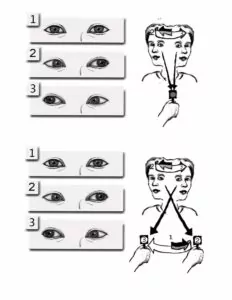vestibular exercises pdf nhs
Vestibular Rehabilitation is an exercise-based programme to encourage the nervous system to compensate for problems in the inner ear. Vestibular rehabilitation exercises A fact sheet for patients and carers Vestibular compensation Vestibular compensation is a process that allows the brain to regain balance control and minimise dizziness symptoms when there is damage to or an imbalance between the right and left vestibular organs balance organs in the inner ear.
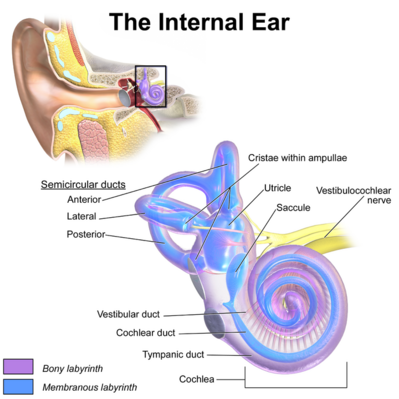
Introduction To Vestibular Rehabilitation Physiopedia
Bending forward and picking up objects from the ground Exercise set 3 Standing.

. Activities that promote Vestibular input Swings linear or rotation Sitting in a Rocking chair Gaming style floor chair Spinning chair Balance board Yoga especially inversion poses Hanging upside down this can be achieved at the park swinging from a tree branch. At first slow then quick. Extra Vestibular Rehabilitation Exercises wwwuhcwnhsuk 2 Why do these exercises help.
Exercise set 2 Sitting. Wwwuhsnhsuk Vestibular rehabilitation We have written this factsheet to give you more information about vestibular rehabilitation. Vestibular rehabilitation wwwuhcwnhsuk - 2 - From this assessment the audiologist will develop an individualised treatment plan that will include exercises to be performed both in the department and at home which combine specific head and body movements with eye exercises.
Their use has been declining in recent years as the home Epley maneuver see below is considerably more effective. Following a thorough examination a specialist Physiotherapist will develop a personalised home exercise programme for you. Brandt-Daroff exercises These exercises are a method of treating Benign Paroxysmal Positional Vertigo BPPV.
Exercises A In bed 1 Eye movements. The brain interprets information gained from the vestibular or balance system. Eye and head movement exercises.
You can keep using this website for information about our services but to find out more about our new Trust and all our hospitals please visit wwwuhsussexnhsuk. Standing up repeat exercise 2 standing barefoot. When this happens the brain can re-train itself.
Changing from sitting to standing position with eyes open and shut 3. Dont worry if you seem to be stuck at an exercise for a week or more. Standing up repeat exercise 2 standing initially on a few bath towels then a soft foam base.
Shoulder shrugging and circling 3. It occurs in people of all ages but is more common in middle-aged and elderly people. We hope it will help to answer some of the questions you may have.
Some of the exercises might not provoke dizziness. It helps to retrain the brains ability to adjust the balance problem and is known as compensation and adaption. They succeed in 95 of cases but are more arduous than the office treatments.
Brandt-Daroff Vestibular Exercises The Brandt-Daroff Exercises are a home method of treating BPPV usually used when the side of BPPV is unclear. Eye head and shoulder movements as above 2. Sitting down repeat exercise 2 in front of a patterned or moving background such as a TV or computer screen.
When there is an injury or abnormality in any portion of this system the brain must be retrained or taught to interpret correctly the information it receives. Vestibular Rehabilitation Exercises Level 1 page 2. Brighton and Sussex University Hospitals and Western Sussex Hospitals have joined up to form a new NHS Foundation Trust for our area.
Keeping head still move eyes left to right 3. At first slow then quick a up and down b from side to side c focus on finger moving from 3ft to 1ft away from face 2 Head movements. L Relaxing the neck and shoulder muscles l Training the eyes to move independently of the head l Practising good balance in everyday situations.
Within the vestibular or balance system. Tightrope walk forwards placing one foot immediately. Start sitting upright on the edge of the bed.
To enable this to work fully you will need to be dedicated to doing exercises regularly through. Lie down on your right side. A bend backwards and forwards b turn from side to side B Sitting 1 and 2 - as above.
Vestibular and Cawthorn Cooksey Exercises Patient Information University Hospitals Sussex NHS Foundation Trust. Cawthorne-Cooksey Vestibular Exercises Section A. Progress can be fast or slow and it may be 1-2 months before you notice the improvement.
When you have a balance problem there can be a mismatch between the distance your head moves and the corresponding distance that your eyes move. NHS Trust How to do the exercises 1. Turn your head 45 degrees to the left or as far as is comfortable.
Later with eyes closed. It causes short bursts of intense dizziness when the body or head is placed in certain. Vestibular exercises merely stimulate the vestibular apparatus.
It explains what vestibular rehabilitation is what it involves and how it can help with your recovery. Head exercises Gaze stabilization Target must remain in focus not blurry and appear stationary while head is in motion Perform exercise with little head movement 45º to either side of midline. Wwwuhsnhsuk Patient information factsheet Benign paroxysmal positional vertigo BPPV BPPV is a common cause of dizziness.
The Brandt-Daroff exercises should be performed for two or three weeks and a suggested schedule is as follows Time exercise duration. Sitting first then when more confident standing. If an exercise does not cause dizziness you should move on to the next exercise.
Keeping the head still move eyes up and down 2. Vestibular rehabilitation exercises are. The exercises were originally developed to help compensate a stable vestibular loss in one ear unilateral such as following acoustic neuroma surgery vestibular neuritis labyrinthitis or advanced stage burn-out Ménières.
At home with an internal door. 2 Steps to follow when instilling ear drops. The management plan may include.
Treatment may also include increasing. Remain in this position for 30 seconds or until any dizziness has. They succeed in 95 of cases but more arduous than the Epley manoeuvre.
Eye movements and head movements as above 2. Exercises manoeuvres suitable for self management of positional vertigo. Vestibular rehabilitation exercises This is a specific form of physiotherapy which may be suggested if your movements are very affected.
Focus on your index finger as you bring it from arms length away up.
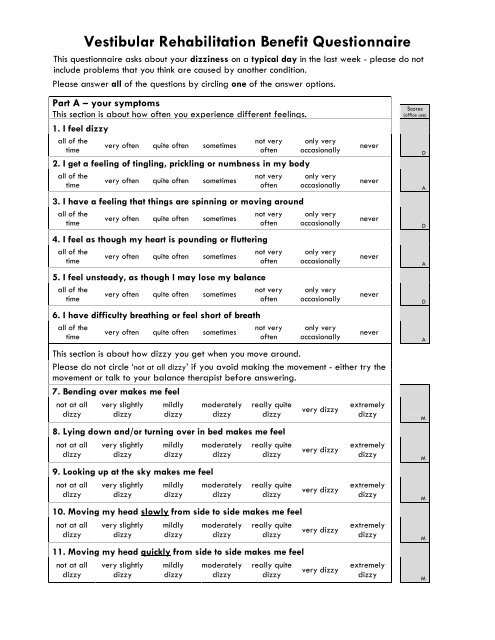
Vestibular Rehabilitation Benefit Questionnaire
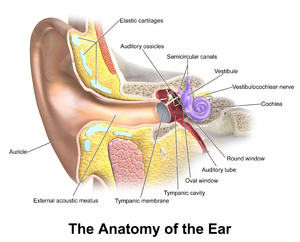
Introduction To Vestibular Rehabilitation Physiopedia

Vestibular Rehabilitation Seattle Dizzy Group

Wrist Exercises Mobilityexercises Wrist Exercises Hand Therapy Exercises Hand Therapy

Vestibular Rehabilitation Meniere S Society
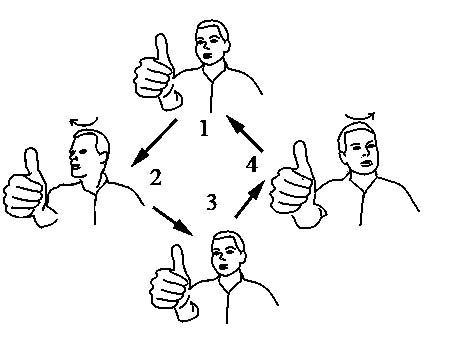
Vor Exercise Gaze Stabilisation Exercises Ear Balance And Eustachian Tube

Wrist Exercises Mobilityexercises Wrist Exercises Hand Therapy Exercises Hand Therapy

Vestibular Neuronitis Vestibular Neuritis Conditioner Inner Ear

Compensation Seattle Dizzy Group

Vestibular Rehabilitation Exercises Brain Spine Foundation

Understanding The Causes Of Vertigo Youtube

Vestibular Rehabilitation Giddiness Exercises Youtube

Home Vestibular Exercises Youtube

